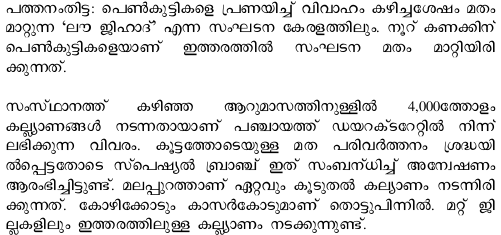After the Mumbai massacre, 13 Indians went to Pakistan to promote peace and friendship.
The delegation includes eminent Indian personalities like former Indian diplomat and journalist Kuldip Nayar, renowned filmmaker Mahesh Bhatt, social activist Swami Agnivesh, historian and academician Prof KN Panikar, former diplomat Salman Haider, human rights activist Prof Kamal Mitra Chenoy, journalist Seema Mustafa, Sandeep social activist Pandey, social scientist Kamla Bhasin, etc. [Indian delegation in Pakistan to promote peace ]
The same set of people, in various permutations and combination, have been holding candles at Wagah for peace since India was a floating landmass in Pangea. Sometimes they forgot the candles, but people forgave them; there are not many stand up comics in India.
These peace missions tell us that Pakistanis too are mango men (aam aadmi) like us, thirsting for peace. These peace missions also tell us that we need more P2P (people to people) contact. But if such P2P contacts happen a lot, it would violate the first law of P2P which states that the total amount of Peace in the universe must be constant. To maintain equilibrium, alternate P2P events like the Mumbai Massacre and Kupwara happen.
Besides increasing entropy, there is another problem with P2P missions. The candle holders on this side meet candle holders on the other side. Over a platter of Kabab and Rooh Afza, they agree on everything, except on whether they should use scented candles or not.
What they should do instead is visit some mango men from Mohammad Ajmal Amir Kasab’s village. Then chat about a few things: weather, water issues, candles, and maybe, if time permits, on what they think of terrorist training camps.
Mohammad Ajmal Amir ‘Kasab’ could have been inspired by the high regard shown to him by the people in his village.
Police sources have indicated that when Ajmal returned home from his training camp, he saw that he had risen in stature in the eyes of his fellow villagers and that they respected him.
So, when a group of trained cadre was allegedly presented the option of becoming fidayeen, seven youths raised their hands; Ajmal was among them. These seven, joined by three others who had already been part of combative action, came to Mumbai on November 26, 2008. [What motivated Ajmal ]
Looks like that Rooh Afza is not always sweet.
(Hat tip: Ranjith)










